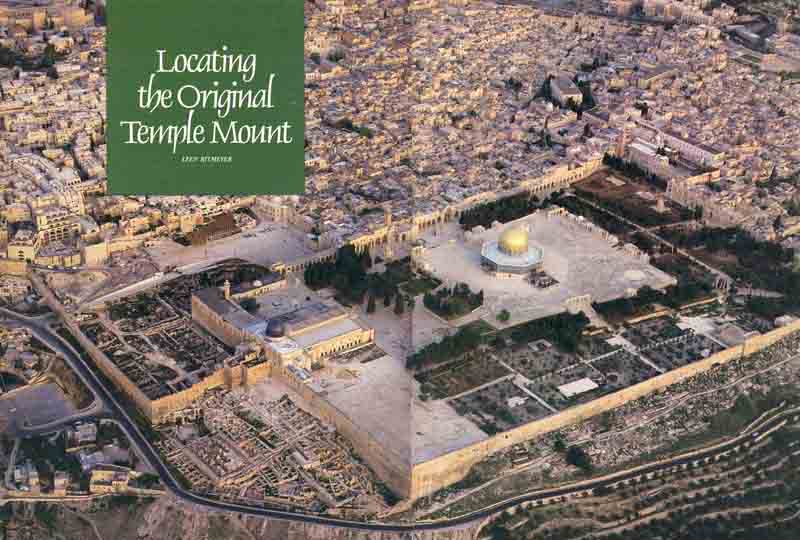Image Details

Baron Wolman
The size of 24 football fields, the nearly rectangular Temple Mount attained its current size and shape during an ambitious expansion program begun by King Herod in 19 B.C. The Dome of the Rock sits on a smaller, somewhat trapezoidal raised area referred to as the Muslim platform. The First Temple and the Second Temple as rebuilt by the returning exiles stood on a square Temple Mount somewhere within the borders of the current Temple Mount. Until now, no one knew for sure just where this early Temple Mount was located. Now author Leen Ritmeyer, formerly architect for the Temple Mount excavations undertaken after 1967 under the direction of Hebrew University Professor Benjamin Mazar, has pieced together subtle archaeological clues to convincingly locate the original Temple Mount and to make a highly persuasive suggestion on the location of the Temple itself.
